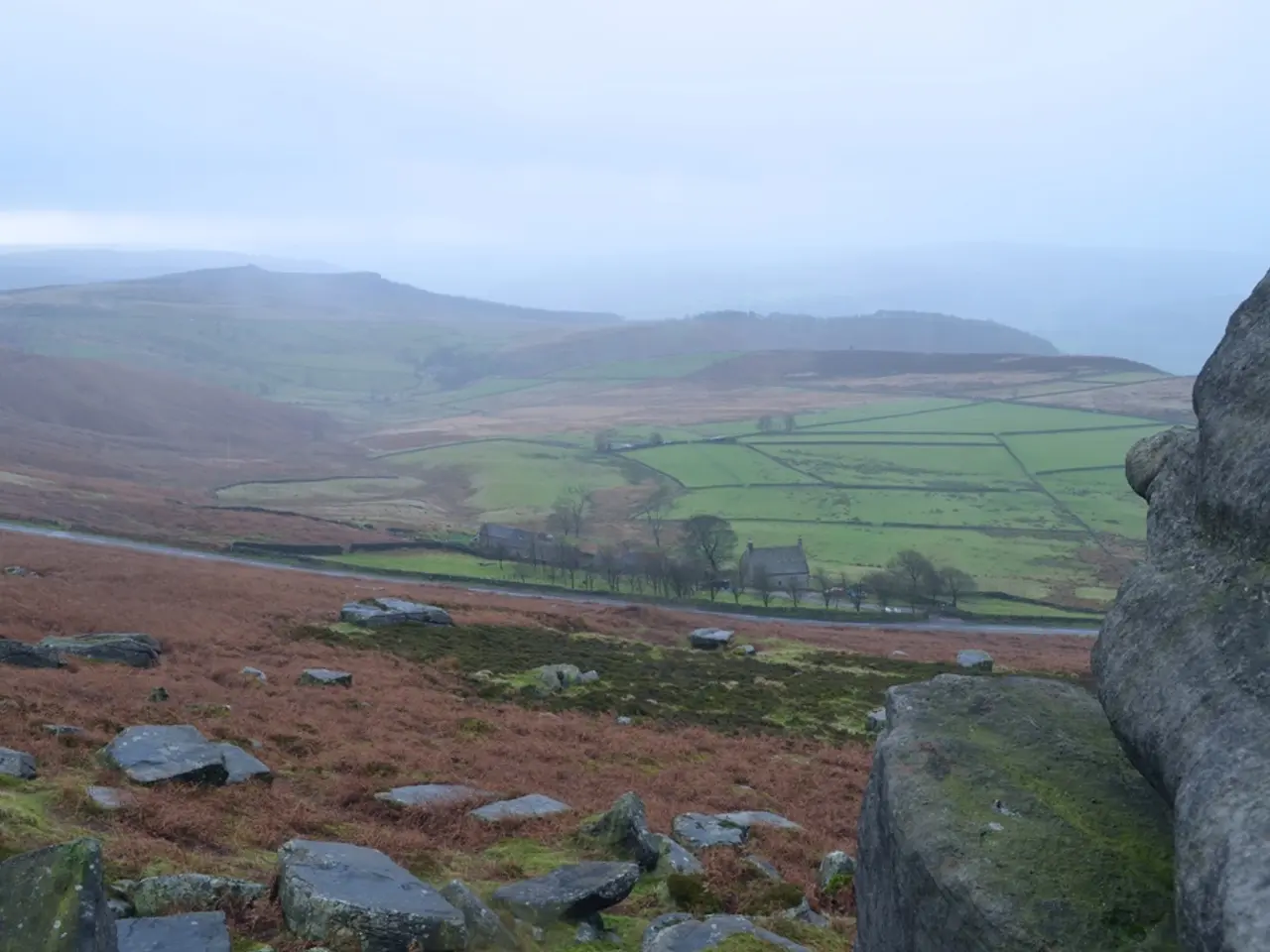Importance of Mythology in the Era of Spectatorship
In the digital age, social media platforms have significantly impacted the preservation and sharing of folklores, transforming them from localized, oral traditions into widely shared digital narratives.
Based in New Delhi, India, the Centre for Contemporary Folklore and the Indian National Trust for Art and Cultural Heritage are two organizations dedicated to preserving and archiving folklore. These institutions aim to safeguard the rich tapestry of traditional beliefs, customs, stories, and practices that embody the hopes, fears, dreams, and everyday realities of people, providing insight into human behavior and experiences across time.
Folklores, encompassing a wide range of cultural expressions like myths, legends, folktales, folk music, folk art, and traditional crafts, serve as a powerful pedagogical resource. They simplify complex ideas, impart moral lessons, and transmit practical knowledge along with societal norms. For instance, ethical teachings embedded in folklore promote virtues like honesty, bravery, being helpful, and kindness.
Classical motifs from Greek mythology, such as King Midas and his Golden Touch, Pandora's Box, and stories of Lycanthrope, have gained popularity on social media. Western folklore, including stories from the Brothers Grimm, Arthurian legends, and urban legends, also circulate widely online. Russian folk tales like The Firebird, Baba Yaga, Ivan Tsarevich and the Grey Wolf, and Koschei the Deathless have also gained prominence on these platforms.
Interestingly, folklores from various states of India, like Bihar, Rajasthan, Gujarat, Meghalaya, and more, are being shared globally on social media. This cross-cultural exchange not only broadens accessibility and engagement but also democratizes history and folklore by enabling multiple voices to contribute, collaborate, and preserve cultural narratives.
Social media facilitates connection between dispersed communities, strengthening cultural identity and cohesion. Indigenous groups, for example, use these platforms to share oral traditions and histories, promoting cultural awareness and understanding beyond geographic boundaries.
While social media promotes engagement, success in folklore preservation depends on meaningful community participation and avoiding top-down impositions. Sharing stories on social media must involve respectful collaboration to ensure authenticity and sustainability of cultural heritage.
In conclusion, social media has transformed folklore from being localized, oral traditions into widely shared digital narratives, enhancing preservation and cross-cultural understanding while empowering communities to maintain and evolve their cultural heritage in the digital age. The use of symbolism and metaphor in folklore can enhance critical thinking and analytical skills, making it a rich source of inspiration for artistic expression, storytelling, and imaginative thinking.
- Education-and-self-development and personal-growth platforms are leveraging folklores, using their symbolism and metaphor to stimulate critical thinking and enhance analytical skills.
- The preservation of folklores is no longer a solely local endeavor; social media facilitates the sharing of diverse Indian folklore from states like Bihar, Rajasthan, Gujarat, and Meghalaya, gaining global attention.
- In the realm of fashion-and-beauty and pop-culture, iconic characters from Greek mythology like King Midas and Baba Yaga from Russian folklore have found a new lease of life on social media, influencing contemporary trends.
- Lifestyle magazines, entertainment channels, and job-search platforms are integrating folklore narratives, recognizing their potential to inspire imaginative thinking and creative expression.
- Sci-fi-and-fantasy authors are drawing inspiration from folklores, weaving ancient myths and legends into modern stories, creating a unique blend of tradition and innovation.
- Sports websites and sports-betting platforms are adopting motifs from mythology, particularly Greek and Roman themes, to engage audiences and create immersive experiences.
- Skills-training platforms are incorporating folklore stories into their curricula, using them as a tool for effective teaching and learning, imparting moral lessons and practical knowledge.
- Social media has made it easier for travel enthusiasts to learn aboutdestinations through their unique folklore, incorporating the tales into their itineraries and experiences.
- Bookstores and libraries, as well as digital platforms for books, are expanding their collections to include works on folklore and mythology, catering to the growing interest in these narratives.
- Music and music-streaming platforms are incorporating folk music from various cultures, maintaining authenticity while introducing these sounds to global audiences, creating a harmonious fusion of traditional and contemporary sounds.




